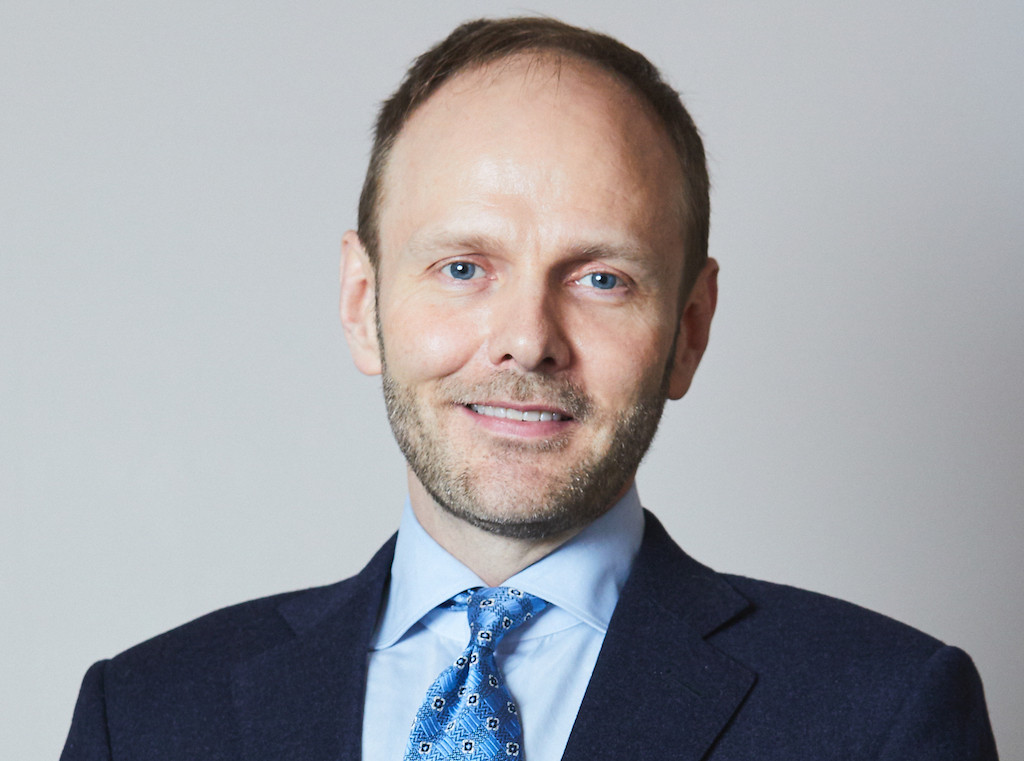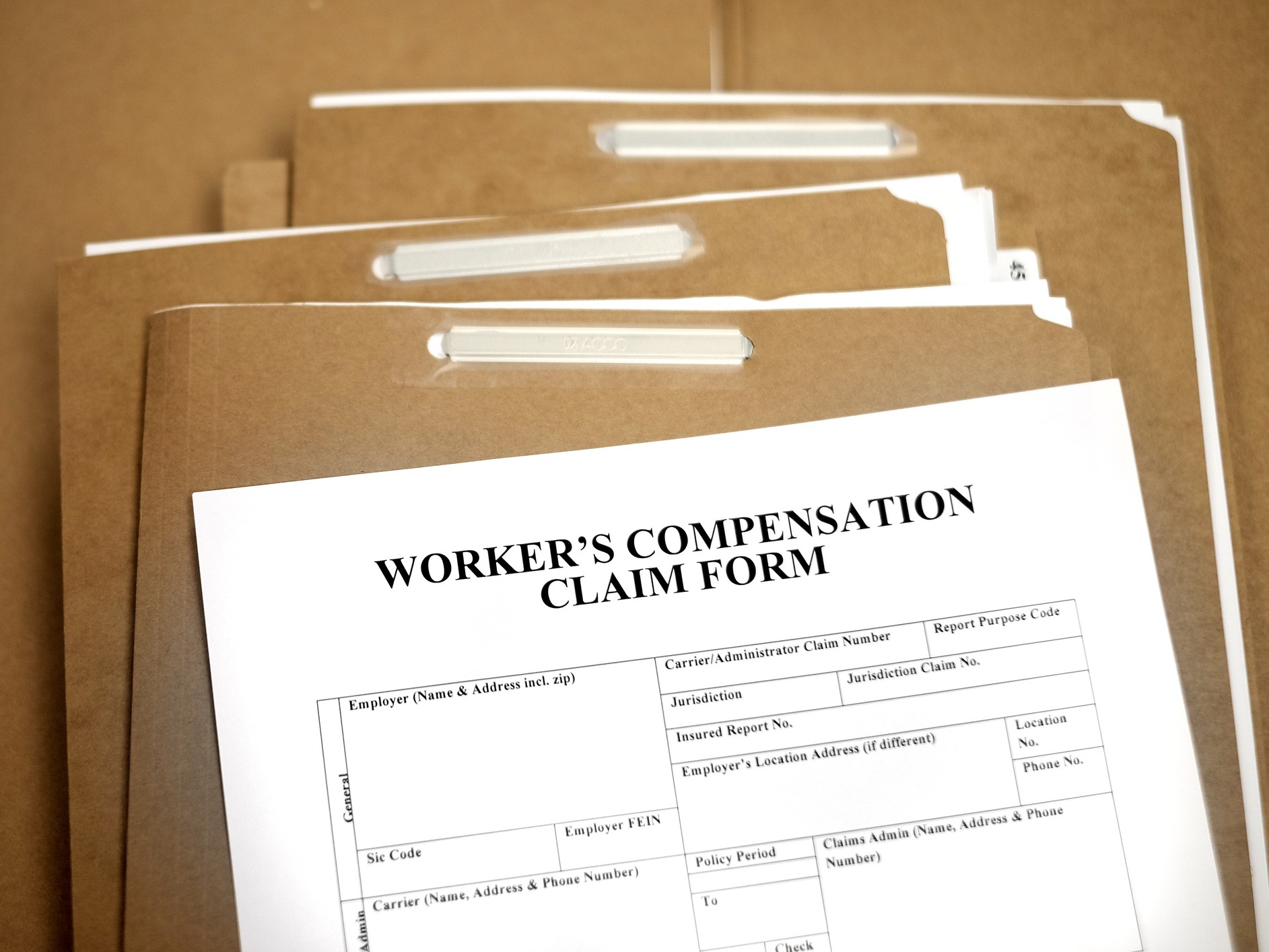Marketing Is Not Reputational Risk Management. You Need to Know the Difference
Companies need to think about the relationship between marketing and reputation in a new way. It’s the new reality of our post #MeToo, COVID-19, green-washing, social-washing, post-advertising world.
Reputation is not built on marketing. It is a product of stakeholders’ expectations — helpfully shaped by marketing — and a company’s ability to meet them. Reputation risk is the gap between those two.
Understanding those expectations, gathering intelligence from across the enterprise, and ensuring systems are in place so that those expectations are met is an enterprise-wide endeavor.
That means there is a role for each stakeholder-facing silo; e.g., marketing for customers, human resources for employees, sourcing for vendors, treasurers for the bond market and government relations for regulators.
Reputation risk can destroy years of stakeholder-built enterprise value in a heartbeat. That’s why coordination among the silos needs to be led by risk managers and general counsel — with oversight by the board and CEO.
Once it is clear that strong governance, leadership, controls and insurances are in place, then it should be the job of marketing, along with other externally facing departments, to communicate stakeholder-specific stories so that the entirety of the reputation risk management apparatus can be appreciated and valued.
Communication is strategic, artful and essential. As Dr. Strangelove explained: “The doomsday machine is terrifying … but the … whole point of the doomsday machine … is lost … if you keep it a secret! Why didn’t you tell the world, eh?”
Some Stats on Reputational Risk
This vital lesson is working its way around corporate water coolers — both real and virtual — where formerly siloed executives are better understanding the strategic enterprise-wide implications of reputation risks and their management.
Here are some statistics that illustrate my point about reputational risk.
- 90% of the S&P 500 include reputational risk as a material peril in their public filings.
- A survey found that leaders of top performing public companies believe reputation accounts for 76% of their firms’ value.
- A recent study indicates that companies with strong reputational controls — that are managing reputational risk well — see less of a drop in stock price when a crisis hits and recover more quickly.
- A new look at equity price performance during the COVID-19 crisis shows that, among similar companies in the same industry, those with the strongest reputational value metrics (as measured by a proprietary algorithm) are outperforming others.
- A survey of global institutional investors found that, among nearly half, reputational risk ranked second after environmental, social and governance (ESG) in their consideration of investment decisions.
A study by Steel City Re recently found that the single most important thing a company can do to shore up its stock price in a reputational crisis is to buy back shares at key times. But now, federal legislation providing funding to support struggling companies through the COVID-19 crisis prohibits companies taking part from executing share buybacks.
Share buybacks tell shareholders a story of managerial confidence by combining the science of informational economics with the art of communications.
Taking away this simple tool — and with the political environment discouraging it among the corporate world generally — makes communications through the other available channels particularly important.
Companies Are Communicating in New Ways
Many companies are communicating well through these other channels. Companies like Alcoa, Pepsi, Omnicom, Uber and ISS are at the forefront, telling the world about their strategic risk management efforts through proxy statements, 10Ks, S-1s and employee newsletters.
Alcoa, for example, told investors that its CFO was bonused for having “… demonstrated leadership … which included strengthening the Company’s reputation among research analysts, rating agencies … results included improved corporate credit ratings.”
PepsiCo, among the first non-banks to disclose risk management practices in its 10K, spent a significant amount of disclosure space detailing its water and other environmental risks while sharing publicly at a gathering of enterprise risk managers how its ERM and marketing teams were collaborating to inform its stakeholders.
In an employee publication, the CEO of the world’s fifth largest employer, Denmark-based ISS A/S Group’s Jeff Gravenhorst, highlighted the importance of risk management and committed to position ISS as the industry leader in risk management and compliance.
“By building risk reliance for our customers, we ensure that they experience consistency, transparency and sustainability and that we retain our reputation as a safe, reliable partner in the markets where we operate.”
Some firms caution that reputation risk management is an existential concern. Uber warned its potential investors in its S1 filing that, “We have previously received significant media coverage and negative publicity … regarding our brand and reputation, and a failure to rehabilitate our brand and reputation will cause our business to suffer.”
This is not a new concept. Sound informational economic theories demonstrate the value of communicating about elevating and differentiating features that otherwise might not be apparent to stakeholders.
If a company wants to highlight the reputational resilience it has built to be able to influence decisions – equity selection, bond ratings, employment preferences, credit allocation, etc. — the story being told to stakeholders must be simple to understand, completely credible and convincing.
It also needs to be authentic. Aspirational marketing can trigger shareholder litigation in which the once-reliable absolute defense of “corporate puffery” may no longer provide blanket immunity. It’s a lesson Signet Jewelers Ltd. recently agreed to pay $240 million to learn.
No stakeholder should be left behind. That’s what the Business Roundtable decided last August in a statement that declared a range of stakeholders as being of equivalent value to company shareholders. This means companies need to tell a story that is clear and simple to understand about a diversity of issues including ethics, innovation, safety, security, sustainability and quality — think “ESG” plus.
Omnicom Group CEO Jonathan Nelson, for example believes uniting both “science and art” is a preferred creative form of expression in what he calls the “post-advertising era.”
Share buybacks aside, there are other scientific informational economic strategies that can be united with the full array of artful financial instruments.
Since the dawn of the industrial revolution, insurances, warranties and other financial instruments have been used effectively to tell stories of risk management.
The insurances from Hartford Steam Boiler (today part of Munich Re) did more than indemnify. They told customers, employees, mortgage holders and others that buildings, ships and engines wouldn’t explode, mitigating fear.
During America’s Great Depression in the 1930s, Federal Deposit insurance (from FDIC) helped alleviate consumer trepidation over using the banking system to hold their assets. Today, companies are using ESG-linked loans to elevate and differentiate their ESG stories among stakeholders.
It is a new era for stakeholder communications. Now, all of the enterprise-wide risk management tools available must be used to protect the value of companies’ reputations.
Doing so and being able to tell a story of robust, authentic, enterprise risk management will elevate and differentiate companies, attract investment, customers and employees, and protect against losses in market cap and increases in the cost of capital should reputational crises emerge. &










